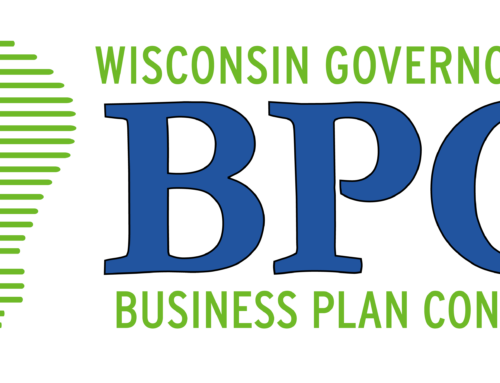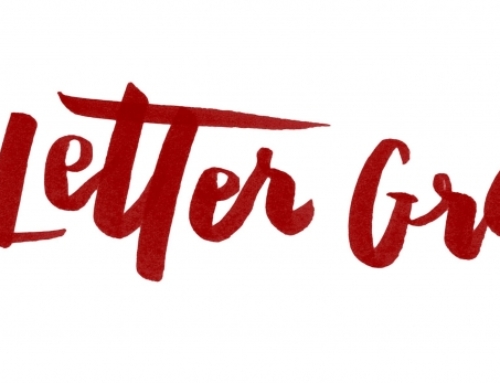More than $2 billion available annually
Securing funding can be one of the biggest challenges for a startup, and entrepreneurs may not necessarily be aware of all the potential funding sources available to them. Under the U.S. government’s Small Business Innovation Research (SBIR) and Small Business Technology Transfer (STTR) grant programs, certain federal agencies are required to allocate a percentage of their annual budgets for grants to small businesses.
The SBIR and STTR grant programs were created to stimulate domestic high-tech innovation and to foster the entrepreneurial spirit needed to fuel specific research and development needs. Currently more than $2 billion is available annually through these programs, and can be used to develop a business without giving up equity or assuming debt.
“When these funds are granted, it provides important proof-of-concept funding, but also gives credibility to the idea and the team behind it by providing national recognition,” said Aaron Hagar, vice president of entrepreneurship and innovation with the Wisconsin Economic Development Corporation (WEDC). “SBIR/STTR funding can help businesses attract follow-on financing and licensing deals, which can be critical for a venture in its early stages.”
Companies applying for SBIR/STTR funding must have no more than 500 employees. For-profit companies operating in the U.S. are eligible for SBIR/STTR funding if they are at least 51 percent owned and controlled by U.S. individuals or, in some cases (regulations vary depending on the agency awarding the grant), at least 51 percent owned by multiple domestic venture capital firms, hedge funds or private equity firms.
In the case of SBIR, the project’s principal investigator (the person responsible for overseeing the research) must have his or her primary employment (at least 51 percent) with the business seeking funding at the time of the award, and the company must complete at least 66 percent of the work associated with the project.
In a project receiving STTR funding, the principal investigator need not be primarily employed by the business at the time of the award, and project work is shared between the company receiving funding (at least 40 percent) and a recognized non profit or federally funded research institution.
“More traditional sources of funding are often not available for companies that are developing new and unproven technologies,” explains Hagar. “We see the SBIR/STTR grant program as an important tool for financing small technology-based companies, and we would highly encourage more Wisconsin companies to pursue this funding source.”
In addition to the direct benefits of grant funding, an SBIR/STTR award carries the secondary benefit of making a company eligible to apply for additional funds in the form of a matching grant. Wisconsin’s SBIR Advance Program, administered by UW-Extension’s Center for Technology Commercialization (CTC) with funding from WEDC, provides matching funds that can be used to cover certain activities that are not eligible for the use of federal grant funds. In addition, the CTC is available to provide technical assistance in helping companies craft a high-quality application that is more likely to successfully attract SBIR/STTR funding.
Wisconsin companies can contact CTC to learn more about applying for SBIR/STTR grants or the SBIR Advance Program.









FOLLOW US